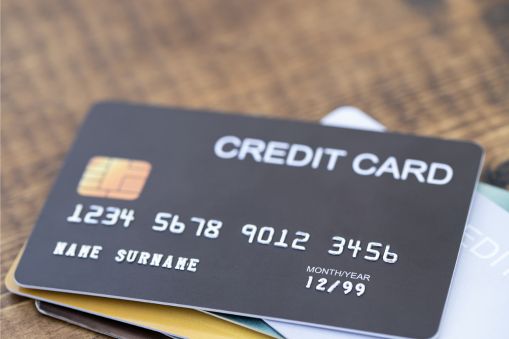Choosing the best credit card is crucial for optimizing your financial flexibility, managing expenses, and maximizing rewards. The ideal card for you depends on your spending habits, credit history, and financial goals. Here’s a guide to help you make an informed decision:
1. Evaluate Your Spending Habits
- Everyday Expenses: If you use a card for regular purchases, look for one with a broad rewards program.
- Travel: Frequent travelers might benefit from cards that offer travel rewards, no foreign transaction fees, and global acceptance.
- Large Upcoming Purchases: If you plan to finance a big purchase, consider a card with an introductory 0% APR offer.
2. Check Your Credit Score
Your credit score significantly influences the cards you’re eligible for. Knowing your score in advance can narrow down your options:
- Excellent Credit: You’ll likely qualify for most cards, including those with generous rewards or premium benefits.
- Good to Average Credit: You may not qualify for top-tier cards but still have access to many with decent rewards.
- Poor Credit: Consider secured credit cards, which require a cash deposit, to help build your credit.
3. Consider the Fees
- Annual Fees: Some cards charge yearly fees in exchange for benefits. Decide if the card’s perks outweigh its cost.
- Foreign Transaction Fees: Important if you travel or shop internationally.
- Late Fees and Over-Limit Fees: Be aware of these, though the goal should be to avoid them.
4. Look at Interest Rates
If you tend to carry a balance from month to month, the card’s APR (annual percentage rate) is crucial. A lower APR can save you money in the long run.
5. Research Rewards and Benefits
- Cash Back: Some cards offer a percentage of cash back on all purchases or in specific categories.
- Points or Miles: These can be redeemed for travel, merchandise, or other services.
- Sign-Up Bonuses: Some cards offer bonuses if you spend a certain amount within the first few months.
- Additional Benefits: Look for perks like extended warranties, price protection, travel insurance, or free access to credit scores.
6. Check for Introductory Offers
Many cards offer promotions like 0% APR for a certain period or bonus points if you spend a specific amount in the first few months. Ensure you understand when the promotional period ends and what the standard rate will be.
7. Understand Redemption Flexibility
If you’re opting for a rewards card, know how you can redeem those rewards. Check for any restrictions, expiration dates, or redemption minimums.
8. Consider Specialized Cards
- Student Credit Cards: Designed for college students, these often have lower requirements but come with fewer rewards.
- Secured Credit Cards: Ideal for building or rebuilding credit. You’ll provide a security deposit, which usually sets your credit limit.
- Business Credit Cards: If you’re a business owner, these cards offer features tailored to your needs, such as expense tracking.
9. Review Card Security and Customer Service
- Security Features: Ensure the card comes with fraud protection.
- Customer Service: A responsive customer service can be invaluable, especially if you face issues with your card while traveling.
10. Read the Fine Print
Before applying, read the card’s terms and conditions. This will provide details about fees, how interest is calculated, and other essential information.
Conclusion
Choosing the best credit card involves a balance of understanding your personal financial situation and being aware of the features and benefits offered by various cards. Regularly review your card’s terms and consider changing cards if your needs evolve or better options become available. Remember, the goal is to use credit responsibly to enhance your financial flexibility.

